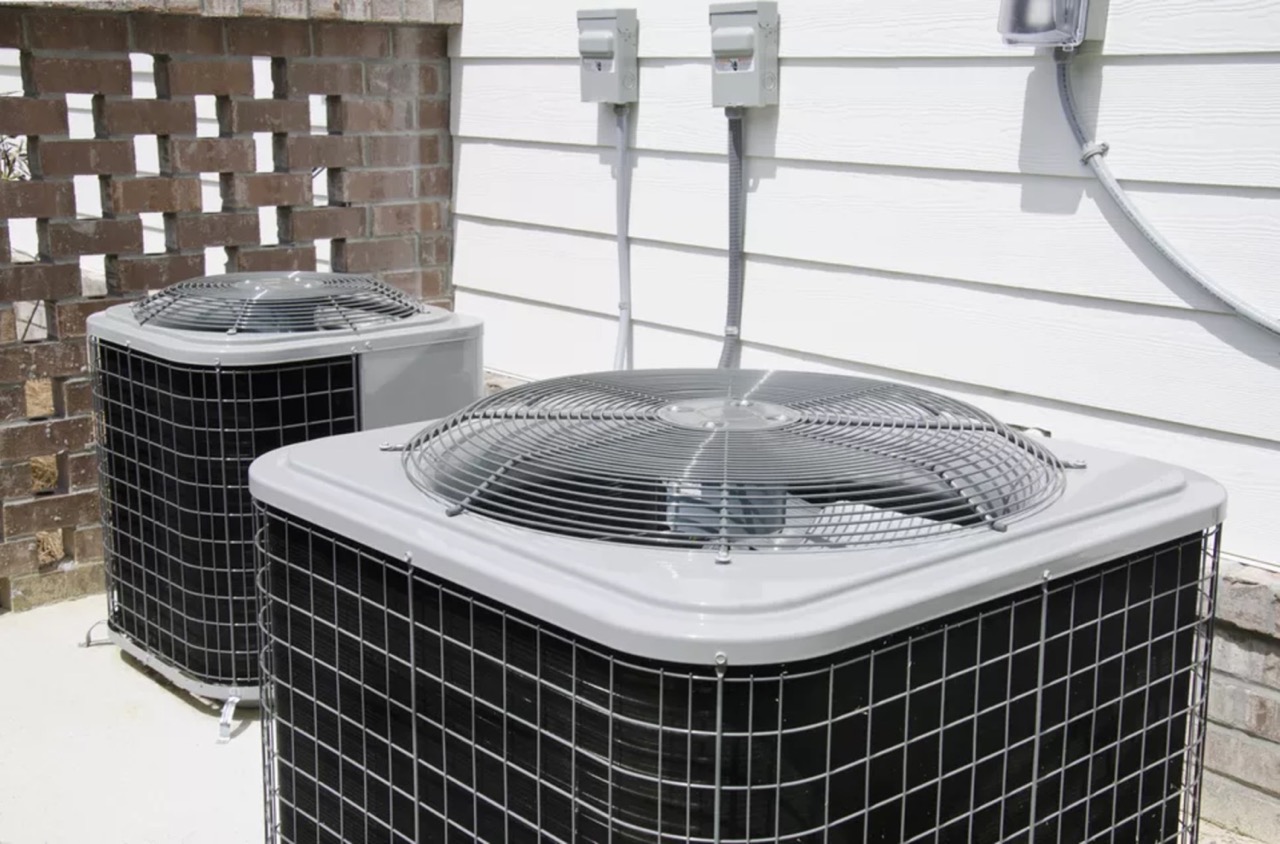

Articles
Why Is My HVAC Humming
Modified: January 19, 2024
Read our informative articles on why your HVAC system might be humming and learn how to troubleshoot and resolve this common issue.
(Many of the links in this article redirect to a specific reviewed product. Your purchase of these products through affiliate links helps to generate commission for Storables.com, at no extra cost. Learn more)
Introduction
An HVAC system, also known as Heating, Ventilation, and Air Conditioning, is an essential component of any modern home or commercial building. It ensures comfort by regulating temperature, humidity, and air quality. However, sometimes you may notice a humming sound coming from your HVAC system. While a slight humming noise is normal, excessive or persistent humming may indicate underlying issues. In this article, we will explore the reasons why your HVAC system may be humming and how to troubleshoot and fix the problem.
Understanding HVAC humming is crucial in identifying the root cause of the issue. The humming sound is usually caused by vibration in various components of the system. These vibrations can be a result of loose parts, faulty fan motors, dirty air filters, refrigerant issues, electrical problems, improper installation, or simply age and wear.
In the following sections, we will delve deeper into each potential cause of HVAC humming, providing insights on how to identify the problem and suggesting appropriate solutions. By understanding the possible reasons and taking appropriate action, you can ensure that your HVAC system operates efficiently and quietly, providing you with the comforts you need.
Key Takeaways:
- Addressing loose parts, faulty fan motors, and dirty air filters can eliminate HVAC humming. Regular maintenance and professional assistance ensure a quiet and efficient system, enhancing comfort and longevity.
- Considering an HVAC replacement for age-related wear and tear can provide improved performance and energy efficiency, eliminating humming noises and enhancing overall comfort. Professional consultation and installation are essential for optimal results.
Read more: Why Is My Thermostat Humming?
Understanding HVAC Humming
Before we dive into the reasons behind HVAC humming, let’s first understand what exactly it means. HVAC humming refers to the low-frequency noise that is emitted by the system when it is running. It can be described as a continuous, buzzing sound that can be heard throughout the building or in close proximity to the unit. This sound is often caused by the vibration of different components within the HVAC system.
It’s important to note that a certain level of humming is normal for HVAC systems, and it may vary depending on the type and model of the system. However, excessive or unusual humming can be an indication of an underlying problem that needs to be addressed.
The humming sound in an HVAC system usually originates from one or more of the following components:
- Compressor: The compressor is responsible for circulating the refrigerant, which is vital for cooling. If the compressor is experiencing issues, such as being overloaded or damaged, it can produce a humming sound.
- Fan Motor: The fan motor is responsible for circulating air through the system. A faulty or worn-out fan motor can generate humming noises as it operates.
- Air Filters: Air filters are designed to trap dust, debris, and other particles from entering the system. When filters become dirty or clogged, they can restrict airflow, causing the HVAC system to work harder and potentially produce humming sounds.
- Ductwork: The ductwork is responsible for distributing conditioned air throughout the building. If the ductwork is improperly installed or has loose connections, it can vibrate and create humming noises.
- Electrical Components: Electrical connections, such as wires, relays, and switches, are critical for the proper functioning of the HVAC system. Loose or faulty electrical components can lead to humming sounds.
By understanding these main components and their role in HVAC humming, we can now proceed to explore the specific reasons behind it. Identifying the root cause will allow you to take appropriate action and resolve the issue effectively.
Reasons for HVAC Humming
Excessive or unusual humming noises in your HVAC system can be attributed to various reasons. Understanding these reasons is crucial in diagnosing and resolving the issue. Let’s explore the most common causes of HVAC humming:
1. Loose Parts
One of the primary reasons for HVAC humming is loose parts within the system. Over time, vibrations and normal wear and tear can cause components such as screws, bolts, or fan blades to become loose. As a result, they may vibrate or rattle, producing a humming sound. Inspecting the system for any loose parts and tightening them can often alleviate the issue.
2. Faulty Fan Motor
A faulty or worn-out fan motor can also be a culprit behind HVAC humming. When the fan motor is not functioning properly, it can create vibrations and unusual noises during operation. This can be caused by a variety of issues, including worn-out bearings, motor misalignment, or a damaged fan blade. In such cases, repairing or replacing the fan motor is necessary to eliminate the humming sound.
Read more: Why Does My Doorbell Transformer Hum
3. Dirty Air Filters
Dirty or clogged air filters can significantly impact the performance of an HVAC system. When air filters become blocked by dust and debris, airflow is restricted, causing the system to work harder to circulate air. This increased strain can lead to humming noises. Regularly cleaning or replacing air filters can not only improve the system’s efficiency but also eliminate the humming sound.
4. Refrigerant Issues
Problems with the refrigerant can also contribute to HVAC humming. If the refrigerant levels are too low or too high, it can result in an imbalanced system, causing the compressor to operate inefficiently. This can lead to increased vibrations and humming sounds. Ensuring that the refrigerant levels are properly maintained and addressing any leaks or issues can help resolve this problem.
5. Electrical Problems
Faulty or loose electrical connections can produce humming noises in an HVAC system. Electrical components such as wires, relays, or switches should be inspected for any signs of damage or loose connections. Professional electrical troubleshooting may be required to identify and fix the electrical issues contributing to the humming sound.
6. Improper Installation
If the HVAC system was poorly or improperly installed, it can result in vibrations and humming. This can be caused by loose ductwork, inadequate insulation, or improper mounting of components. In such cases, consulting a professional HVAC technician to properly install or adjust the system can help eliminate the humming noise.
Read more: Why Is My Doorbell Chime Humming
7. Age and Wear
As HVAC systems age, their components may naturally wear out or become less efficient. This can lead to increased vibrations and humming noises. Regular maintenance and inspections can help identify and address any worn-out components, extending the lifespan of the system and reducing the likelihood of humming sounds.
Understanding these common reasons for HVAC humming is essential in troubleshooting and resolving the issue. In the next section, we will explore specific steps you can take to troubleshoot and fix the humming sounds in your HVAC system.
Loose Parts
Loose parts within your HVAC system can be a common reason for humming noises. Vibrations and regular use of the system can cause screws, bolts, fan blades, and other components to become loose over time. When these parts are not securely fastened, they can vibrate or rattle, resulting in a humming sound.
To identify if loose parts are causing the humming in your HVAC system, you can follow these steps:
- Turn off the HVAC system: Before inspecting the components, it is important to turn off the system to ensure your safety.
- Remove access panels: The access panels on the HVAC unit allow you to access the internal components. Carefully remove the panels to gain visibility and access.
- Examine the components: Once the panels are removed, visually inspect all the components within the system. Look for any visible signs of loose screws, bolts, or fan blades. Pay close attention to the fan motor, blower, and any other moving parts.
- Tighten loose parts: If you identify any loose parts during the inspection, use a screwdriver or wrench to securely tighten them. Ensure that all fasteners are properly tightened without over-tightening, as it can cause damage to the components.
- Reassemble and test: After tightening the loose parts, reassemble the access panels on the HVAC unit. Turn on the system and listen for any humming noises. If the humming sound persists, proceed to troubleshoot other potential causes.
In some cases, the humming sound may still continue even after tightening the loose parts. This could indicate that there may be additional underlying issues contributing to the humming noise. It is advisable to consult a professional HVAC technician to further diagnose and resolve the problem.
Regular maintenance of your HVAC system can help prevent loose parts from causing humming sounds. It is recommended to schedule annual inspections and tune-ups to ensure that all components are securely fastened and in good working condition.
By addressing loose parts promptly, you can minimize the humming noises in your HVAC system and prevent any potential damage or further complications that may arise from loose components. Maintaining a well-functioning system will not only provide you with a quieter environment but also improve the overall efficiency and lifespan of your HVAC system.
Faulty Fan Motor
A faulty fan motor in your HVAC system can be another common reason for humming noises. The fan motor is responsible for circulating air through the system, providing cooling or heating as needed. When the fan motor is not functioning properly, it can create vibrations and unusual noises during operation, including a humming sound.
If you suspect that a faulty fan motor is causing the humming noise in your HVAC system, here are the steps you can take to troubleshoot and address the issue:
- Turn off the HVAC system: Before inspecting or working on the fan motor, ensure that the system is turned off to avoid any accidents or injuries.
- Locate the fan motor: Depending on the type and model of your HVAC system, the fan motor may be located inside the air handler unit, condenser unit, or outdoor unit. Refer to the user manual or consult an HVAC technician if you’re unsure about the location.
- Inspect the fan motor: Visual inspection of the fan motor can help identify any visible signs of damage or wear. Look for loose or damaged fan blades, signs of overheating, or excessive dirt and debris buildup.
- Listen for abnormal sounds: While the system is turned off, you can manually rotate the fan blades to check for any resistance or grinding sounds. If you notice any unusual noises or resistance, it might indicate a problem with the fan motor.
- Test the motor: If you have the necessary knowledge and tools, you can use a multimeter to test the fan motor for continuity and proper electrical functioning. Alternatively, you can contact a professional HVAC technician to perform this test for you.
- Repair or replace the fan motor: If the fan motor is found to be faulty, you have two options – repairing or replacing it. In some cases, a simple repair might be enough to fix the issue, such as replacing worn-out bearings or realigning the motor. However, if the damage is severe or the motor is old and inefficient, replacing it might be the best course of action.
- Professional help: It is recommended to seek the assistance of a qualified HVAC technician for fan motor repairs or replacements. They have the expertise and equipment to safely handle the motor and ensure that it is properly installed and functioning.
Addressing a faulty fan motor in a timely manner is crucial to prevent further damage to the HVAC system and minimize the humming noise. Regular maintenance, such as lubricating the fan motor bearings and keeping it clean, can help prolong the life of the motor and prevent potential issues.
By troubleshooting and fixing a faulty fan motor, you can restore the smooth and quiet operation of your HVAC system, improving its overall performance and maximizing your comfort.
Dirty Air Filters
Dirty or clogged air filters can significantly impact the performance of your HVAC system and contribute to humming noises. Air filters are designed to trap dust, debris, and other particles from entering the system, ensuring clean air circulation. However, over time, these filters can become dirty and obstructed, restricting airflow and causing the system to work harder.
If you suspect that dirty air filters are the cause of the humming noise in your HVAC system, here are the steps you can take to troubleshoot and address the issue:
- Locate the air filters: The air filters are typically located in the return air ducts or near the air handler unit. Refer to the user manual or consult an HVAC technician if you’re unsure about the precise location of the filters.
- Inspect the filters: Remove the air filters and visually inspect them for dirt, dust, and debris accumulation. Over time, the filters can become clogged, blocking airflow and reducing their effectiveness.
- Clean or replace the filters: If the filters are dirty but still in good condition, you can clean them using a vacuum cleaner or by rinsing them with water. Allow the filters to dry completely before reinstalling them. However, if the filters are severely clogged or damaged, it is advisable to replace them with new ones.
- Regular maintenance: To prevent air filters from getting dirty quickly, it is essential to establish a regular maintenance routine. Clean or replace the filters according to the manufacturer’s recommendations, typically every one to three months. However, factors like local air quality and the number of occupants in your home may affect the frequency of filter changes.
Regularly cleaning or replacing air filters not only improves the air quality in your home but also ensures that the HVAC system operates efficiently and quietly. When the filters are clean, the system doesn’t need to work as hard to circulate air, reducing the strain on the components and minimizing the potential for humming noises.
In addition to maintaining the air filters, it’s also important to keep the surrounding area clean and free from dust and debris. Regularly vacuuming and dusting the space around the air handler unit can help prevent dirt and particles from entering the filters and causing blockages.
By addressing the issue of dirty air filters and regularly maintaining them, you can improve the performance and longevity of your HVAC system while minimizing the humming noise that can occur due to restricted airflow.
Read more: Why Is My Hum Toothbrush Not Working
Refrigerant Issues
Refrigerant issues can also contribute to humming noises in your HVAC system. The refrigerant plays a crucial role in the cooling process by absorbing heat from the indoor space and releasing it outside. If there is a problem with the refrigerant levels or the overall refrigerant system, it can result in imbalances and increased vibrations, leading to humming sounds.
If you suspect that refrigerant issues are causing the humming noise in your HVAC system, here are the steps you can take to troubleshoot and address the problem:
- Inspect refrigerant lines: Carefully inspect the refrigerant lines for any signs of leaks, damage, or icing. Leaks in the refrigerant lines can lower the refrigerant levels, affecting the system’s efficiency and causing vibrations.
- Check refrigerant levels: Low refrigerant levels can cause the HVAC system to work harder, leading to vibrations and humming noises. Consult the system’s user manual or contact an HVAC technician to perform a refrigerant level check and recharge if necessary.
- Repair refrigerant leaks: If you identify any refrigerant leaks during the inspection, it is important to address them promptly. Refrigerant leaks not only contribute to system inefficiency but can also be harmful to the environment. Contact a professional HVAC technician to identify and repair the leaks.
- Clean outdoor unit: If the condenser unit, which is responsible for releasing heat, is dirty or obstructed, it can impact the refrigerant system’s performance. Clear any debris or obstructions around the outdoor unit and clean the fins using a soft brush or hose.
- Regular maintenance: To prevent refrigerant issues and maintain optimal performance, schedule regular maintenance for your HVAC system. Professional technicians can check and maintain refrigerant levels, inspect for leakage, and ensure that the system is operating at its best.
Refrigerant issues should be addressed by qualified HVAC technicians, as working with refrigerants requires proper knowledge and handling. They can accurately diagnose any problems, repair leaks, recharge refrigerant if needed, and ensure the system is functioning efficiently.
By addressing refrigerant issues and maintaining optimal levels, you can prevent vibrations and humming noises in your HVAC system. Regular maintenance helps ensure smooth operation, improve energy efficiency, and prolong the lifespan of your HVAC system.
Electrical Problems
Electrical problems within your HVAC system can be another cause of humming noises. Faulty or loose electrical connections can lead to vibrations, buzzing, or humming sounds during system operation. These electrical issues can occur in various components, such as wires, relays, and switches.
If you suspect that electrical problems are the source of the humming noise in your HVAC system, here are the steps you can take to troubleshoot and address the issue:
- Turn off the HVAC system: Before inspecting or working on any electrical components, ensure that the system is turned off to prevent the risk of electrical shock.
- Inspect visible electrical connections: Visually inspect the visible electrical connections within your HVAC system. Look for loose wires, damaged insulation, or signs of burning or overheating.
- Tighten loose connections: If you notice any loose electrical connections, use appropriate tools like screwdrivers or pliers to securely tighten them. However, make sure not to overtighten, as it can cause damage to the components.
- Replace damaged wires or components: If you find any damaged wires, frayed insulation, or other issues with electrical components, consider replacing them. It’s crucial to use appropriate replacement parts and follow proper electrical safety procedures.
- Seek professional help: If you are uncertain about handling electrical components or unable to identify the cause of the electrical problem, it’s advisable to seek professional assistance from a qualified HVAC technician. They have the expertise and knowledge to diagnose and address electrical issues safely and effectively.
Electrical problems can be complex and require specialized knowledge to address. It’s generally recommended to rely on professional technicians to handle electrical troubleshooting and repairs.
Regular maintenance and inspections are important to ensure the electrical components of your HVAC system are in good working condition. By identifying and addressing any potential electrical problems early on, you can prevent humming noises and potential safety hazards.
Remember, when dealing with electrical components, always prioritize your safety and consult professionals whenever necessary. Proper maintenance and prompt resolution of electrical issues will help maintain the smooth and quiet operation of your HVAC system.
Improper Installation
Improper installation of your HVAC system can also contribute to humming noises. When the system is not installed correctly, it can result in vibrations and rattling, which can lead to a humming sound. This can occur due to loose ductwork, inadequate insulation, or improper mounting of components.
If you suspect that improper installation is the cause of the humming noise in your HVAC system, here are the steps you can take to troubleshoot and address the issue:
- Inspect visible components: Visually inspect the visible components of your HVAC system, including the air handler unit, condenser unit, or indoor units. Look for signs of loose connections, loose ductwork, or any obvious installation errors.
- Check ductwork: Examine the ductwork for any loose joints, gaps, or damaged sections. Loose or improperly connected ductwork can vibrate during system operation and contribute to humming noises. Secure any loose connections and seal any gaps to minimize vibrations.
- Inspect insulation: Inadequate insulation can also contribute to humming noises. Check if the insulation is properly installed and in good condition. Replace or repair any damaged insulation as necessary.
- Check mounting of components: Improperly mounted components can create vibrations and humming sounds. Ensure that all components, including the air handler, condenser unit, and outdoor units, are securely mounted according to the manufacturer’s guidelines.
- Consult a professional: If you are unable to identify or rectify installation issues on your own, it is best to consult a professional HVAC technician. They have the expertise and knowledge to assess the installation and make necessary adjustments or corrections. A professional can also ensure that the system is properly balanced and aligned to minimize vibrations and humming noises.
Correcting installation issues can be challenging and may require the expertise of a professional. Qualified HVAC technicians have the necessary knowledge and tools to address installation problems and ensure that your system is operating smoothly and without excessive noise.
Proper installation is crucial not only for eliminating humming noises but also for the overall performance and efficiency of your HVAC system. Regular maintenance and inspections can help identify and rectify any installation issues promptly, ensuring optimal functioning of the system.
By addressing improper installation, you can minimize vibrations and humming noises in your HVAC system, creating a more comfortable and peaceful environment in your home or office space.
Age and Wear
As HVAC systems age, the components may naturally wear out or become less efficient. This can result in increased vibrations and humming noises. Over time, parts such as fan motors, bearings, belts, or other moving components may deteriorate, causing excessive vibrations and audible humming sounds.
If you suspect that age and wear are contributing to the humming noise in your HVAC system, here are some considerations and steps to address the issue:
- Assess the system’s age: Determine the age of your HVAC system. Most systems have an average lifespan of 10 to 15 years, depending on maintenance and usage. If your system is nearing or beyond this range, it may be more prone to issues related to wear and tear.
- Inspect visible components: Visually inspect the visible components of your HVAC system. Look for signs of wear, such as rust, corrosion, or physical damage. Pay close attention to moving parts like fan motors or belts that may show signs of deterioration.
- Listen for unusual sounds: Pay attention to any unusual sounds or increased humming noises coming from the system. Humming sounds accompanied by grinding or squealing noises may indicate worn-out bearings or belts that require replacement.
- Maintenance and tune-ups: Regular maintenance and tune-ups are essential, especially for older HVAC systems. Schedule annual inspections with a professional technician who can identify and address any issues related to age and wear. They can perform necessary maintenance tasks, such as lubricating moving parts, replacing worn-out components, and conducting overall system checks to ensure optimal performance.
- Consider system replacement: If your HVAC system is reaching the end of its lifespan and experiencing frequent humming noises or other issues, it may be time to consider replacing it. A newer, more efficient system will not only eliminate the humming noise but also offer better performance, improved energy efficiency, and reduced maintenance costs.
Age and wear are inevitable factors that can contribute to humming noises in an HVAC system. While regular maintenance can help prolong the lifespan of the system, there may come a point where replacement is the most cost-effective and practical solution.
Consulting with a professional HVAC technician can provide valuable insights and guidance on whether repairs or replacement are the most suitable options based on the age and condition of your system.
By addressing age-related wear and tear and considering the option of replacement, you can minimize humming noises and maintain an efficient and reliable HVAC system in your home or workplace.
Read more: Why Does My Ceiling Fan Hum
Troubleshooting and Fixing HVAC Humming
Now that we have explored the potential reasons behind HVAC humming, it’s time to delve into troubleshooting techniques and possible solutions. By identifying the root cause of the humming noise, you can take appropriate action to resolve the issue and restore smooth operation to your HVAC system.
Here are some steps you can take to troubleshoot and fix HVAC humming:
1. Tightening Loose Parts
If loose parts are causing the humming noise, inspect the system for any visibly loose screws, bolts, or fan blades. Use a screwdriver or wrench to securely tighten them. Pay close attention to the fan motor, blower, and any other moving parts. Reassemble the access panels on the unit and test the system to see if the humming has stopped. If the humming noise persists, move on to the next step.
2. Repairing or Replacing Fan Motor
If a faulty fan motor is the culprit, visually inspect it for any signs of damage or wear. Listen for any unusual sounds when manually rotating the fan blades. If you suspect a problem with the fan motor, consider repairing or replacing it. Consult a professional HVAC technician who can accurately diagnose the issue and perform the necessary repairs or replacements to eliminate the humming noise.
3. Cleaning or Replacing Air Filters
Dirty or clogged air filters can restrict airflow and cause the system to work harder, leading to humming noises. Remove the air filters and inspect them for dirt and debris accumulation. Clean the filters if they are reusable or replace them if they are excessively dirty or damaged. Regularly cleaning or replacing air filters can improve the system’s efficiency and reduce humming sounds.
Read more: Why Is My HVAC Not Heating
4. Checking and Refilling Refrigerant
Inspect the refrigerant lines for leaks, damage, or icing. Low refrigerant levels can lead to imbalances and vibrations, resulting in humming noises. Consult the user manual or an HVAC technician to perform a refrigerant level check and recharge if necessary. Address any refrigerant leaks promptly to ensure optimal system performance and eliminate humming sounds.
5. Resolving Electrical Issues
Faulty or loose electrical connections can create humming noises. Visually inspect the visible electrical components for loose wires, damaged insulation, or signs of burning or overheating. Tighten loose connections and consider replacing damaged wires or components. It’s important to consult a professional HVAC technician for electrical troubleshooting and repairs to ensure safety and effective resolution of the issue.
6. Ensuring Proper Installation
If improper installation is causing the humming noise, visually inspect the system for any visible installation errors. Check the ductwork for loose joints, gaps, or damage. Ensure that all components are properly mounted and securely fastened. If you are unable to identify or rectify the installation issue, consult a professional HVAC technician who can properly assess and adjust the installation to eliminate the humming noise.
7. Considering an HVAC Replacement
If your HVAC system is old, experiencing frequent humming noises, and requiring significant repairs, it might be more cost-effective and practical to consider replacing the system. A newer, more efficient HVAC system will not only eliminate the humming noise but also provide improved performance, energy efficiency, and reduced maintenance costs in the long run. Consult a professional HVAC technician to assess the condition of your system and help you make an informed decision.
Remember, HVAC troubleshooting and repairs can be complex, and it’s often best to seek the assistance of a qualified HVAC technician. They have the knowledge, experience, and tools to accurately diagnose and resolve humming noises in your HVAC system.
By following these troubleshooting steps and taking appropriate action, you can effectively resolve the humming noise issue in your HVAC system, ensuring optimal comfort, efficiency, and quiet operation in your home or workplace.
Read more: Why Is My HVAC Making Noise
Tightening Loose Parts
If you are experiencing a humming noise in your HVAC system, one of the first steps to take is to check for any loose parts. Over time, vibrations and regular use of the system can cause screws, bolts, fan blades, and other components to become loose. When these parts are not securely fastened, they can vibrate or rattle, resulting in a humming sound.
To address this issue, follow these steps to tighten loose parts and eliminate the humming noise:
1. Turn off the HVAC system: Before working on the system, it is important to turn off the power supply to ensure your safety.
2. Locate the access panels: The access panels on the HVAC unit allow you to gain access to the internal components. These panels are usually located on the air handler unit, condenser unit, or outdoor unit. Refer to the user manual or consult an HVAC technician if you are unsure about the location.
3. Visually inspect the components: Once the access panels are removed, visually inspect all the components within the system. Look for any visible signs of loose screws, bolts, or fan blades. Pay close attention to the fan motor, blower, and any other moving parts.
4. Tighten the loose parts: If you identify any loose parts during the inspection, use a screwdriver or wrench to securely tighten them. Ensure that all fasteners are properly tightened without over-tightening, as it can cause damage to the components.
5. Reassemble and test the system: After tightening the loose parts, reassemble the access panels on the HVAC unit. Turn on the system and listen for any humming noises. If the humming sound persists, proceed to troubleshoot other potential causes.
It’s important to note that while tightening loose parts may resolve the humming noise issue, it is still advisable to schedule regular maintenance for your HVAC system. This will help identify any wear and tear, prevent future issues, and extend the overall lifespan of the system.
If you are uncomfortable or unsure about tightening loose parts on your own, it is best to consult a professional HVAC technician. They have the expertise and experience to handle various components and can ensure that everything is properly secured to eliminate humming noises.
By taking the time to tighten loose parts in your HVAC system, you can effectively reduce vibrations and eliminate the annoying humming noise. This will not only improve the comfort of your living space but also enhance the overall performance and efficiency of your HVAC system.
Repairing or Replacing Fan Motor
If you have identified that a faulty fan motor is the source of the humming noise in your HVAC system, it’s crucial to take the necessary steps to repair or replace it. The fan motor plays a vital role in circulating air through the system, and when it malfunctions, it can lead to vibrations and unusual noises, including humming sounds.
To address this issue, follow these steps to troubleshoot and resolve problems with the fan motor:
1. Turn off the HVAC system: Before inspecting or working on the fan motor, ensure that the power supply to the system is turned off to avoid any accidents.
2. Locate the fan motor: The fan motor is typically located inside the air handler unit, condenser unit, or outdoor unit of the HVAC system. Refer to the user manual or consult an HVAC technician if you are unsure about its precise location.
3. Visual inspection: Inspect the fan motor for any visible signs of damage or wear. Look for loose or damaged fan blades, worn-out bearings, or any other indications of malfunction.
4. Listen for unusual sounds when manually rotating the fan blades: While the system is turned off, you can manually rotate the fan blades to check for any resistance or grinding sounds. If you notice any unusual noises or resistance, it might indicate a problem with the fan motor.
5. Testing the motor: If you have the necessary knowledge and tools, you can use a multimeter to test the fan motor’s continuity and electrical functioning. However, this step is best left to a professional HVAC technician who can accurately diagnose the issue and perform the necessary repairs.
6. Repair or replacement: Depending on the extent of the damage or wear, you can either repair or replace the fan motor. In some cases, a simple repair may be sufficient, such as replacing worn-out bearings or realigning the motor. However, if the motor is severely damaged or outdated, it is advisable to replace it with a new, more efficient model.
7. Seek professional assistance: While simple repairs can be done by homeowners with the necessary knowledge and experience, it is recommended to seek the assistance of a qualified HVAC technician for fan motor repairs or replacements. They have the expertise to handle electrical components safely and ensure that the motor is properly installed and functioning.
By addressing issues with the fan motor, you can eliminate the humming noise and restore the smooth operation of your HVAC system. A properly functioning fan motor will ensure optimal air circulation, improve energy efficiency, and provide you with a quieter and more comfortable living environment.
Remember, if you are unsure about repairing or replacing the fan motor on your own, it is always best to consult a professional. They have the skills and knowledge to accurately diagnose the problem and perform the necessary repairs or replacements to eliminate the humming noise effectively.
Cleaning or Replacing Air Filters
Dirty or clogged air filters can restrict airflow in your HVAC system, leading to increased strain on the system and the development of humming noises. Air filters are designed to trap dust, dirt, and other particles, preventing them from entering the system. Over time, these filters can become dirty and obstructed, hindering the smooth flow of air.
To address this issue, follow these steps to clean or replace your air filters and minimize humming noises:
1. Locate the air filters: The air filters in your HVAC system are typically located in the return air ducts or near the air handler unit. Consult the user manual or contact an HVAC technician if you are unsure about their specific location.
2. Remove the filters: Carefully remove the air filters from their housing. Take note of their orientation so you can reinstall them correctly.
3. Inspect the filters: Visual inspection of the filters will help you determine whether they can be cleaned or need to be replaced. Look for dirt, dust, or debris accumulation on the filters. If the filters are severely clogged or damaged, it is best to replace them.
4. Clean the filters (if reusable): If the filters are reusable and only moderately dirty, you can clean them to restore airflow. Gently vacuum the filters to remove loose dirt and debris, or wash the filters with mild soap and water. Allow the filters to dry completely before reinstalling them.
5. Replace the filters (if necessary): If the filters are heavily clogged or damaged, it is recommended to replace them. Purchase filters with the correct size and MERV rating (Minimum Efficiency Reporting Value) for your system. Slide the new filters into place, ensuring they are oriented correctly.
6. Establish a maintenance routine: To prevent the filters from becoming dirty quickly, establish a regular maintenance routine. Check and clean or replace the filters every one to three months, depending on factors such as the level of dust and the number of occupants in your home.
Regularly cleaning or replacing air filters not only improves the air quality in your space but also allows for better airflow, reducing strain on the HVAC system. This can help minimize humming noises and improve the overall performance and efficiency of your system.
Additionally, keeping the surrounding area clean and free from dust and debris can also prevent contaminants from entering the system. Regularly vacuum and dust the space around the air handler unit to maintain a clean environment.
By cleaning or replacing your air filters regularly, you can ensure proper airflow, reduce strain on your HVAC system, and minimize humming noises. This simple maintenance task will not only create a quieter and more comfortable living environment but also prolong the lifespan of your HVAC system.
Checking and Refilling Refrigerant
Problems with the refrigerant levels in your HVAC system can contribute to humming noises. Refrigerant plays a crucial role in the cooling process by absorbing heat from the indoor air and releasing it outside. If there is an issue with the refrigerant levels, such as it being too low or leaking, it can lead to imbalances and vibrations, resulting in humming sounds.
To address this issue, follow these steps to check and refill the refrigerant in your HVAC system:
1. Turn off the HVAC system: Before inspecting or working on the system, ensure that the power supply is turned off to prevent any accidents.
2. Locate the refrigerant lines: The refrigerant lines carry the refrigerant throughout the HVAC system. They are typically made of copper or aluminum and run between the indoor air handler unit and the outdoor condenser unit.
3. Inspect for leaks: Carefully inspect the refrigerant lines for any visible signs of leaks, such as oil stains or bubbling on the surface of the lines. Leaks in the refrigerant lines can cause a drop in refrigerant levels, affecting the performance of the system and potentially causing humming noises.
4. Perform a refrigerant level check: Properly checking the refrigerant levels requires special equipment and knowledge. It is best to consult an HVAC technician who can accurately measure the refrigerant levels using gauges and determine if a refill is necessary.
5. Address any refrigerant leaks: If you identify any refrigerant leaks during the inspection, it is crucial to address them promptly. Refrigerant leaks not only impact system efficiency but can also be harmful to the environment. Contact a professional HVAC technician to identify and repair the leaks.
6. Refill the refrigerant (if necessary): If the refrigerant levels are low and a refill is deemed necessary, the HVAC technician will handle the process. They will use the appropriate type and amount of refrigerant to restore the proper levels in the system.
7. Regular maintenance: To prevent refrigerant issues and maintain optimal system performance, schedule regular maintenance for your HVAC system. Qualified technicians can check and maintain refrigerant levels, inspect for leakage, and ensure the system is operating at its best.
Remember, handling refrigerant requires proper training and certification. It is essential to leave refrigerant-related tasks to qualified HVAC technicians who have the knowledge and equipment to perform them safely and effectively.
By checking and refilling the refrigerant levels, you can restore balance and efficiency to your HVAC system, minimizing vibrations and humming noises. Regular maintenance will help ensure that your system operates smoothly, providing you with a quiet and comfortable living environment while maximizing energy efficiency.
Read more: Why Is My HVAC Fan Not Working
Resolving Electrical Issues
Electrical problems within your HVAC system can lead to vibrations, buzzing, or humming noises. Faulty or loose electrical connections can cause these issues during system operation. To address this issue, it is important to identify and resolve any electrical problems.
Follow these steps to troubleshoot and resolve electrical issues that may be causing humming noises in your HVAC system:
1. Safety first: Before working on any electrical components, ensure the power supply to the HVAC system is turned off. This will help prevent electrical shock or accidents.
2. Visual inspection: Visually inspect the visible electrical connections within your HVAC system. Look for loose wires, damaged insulation, or signs of burning or overheating. Pay close attention to components such as wires, relays, switches, and connectors.
3. Tighten loose connections: If you find any loose electrical connections, use appropriate tools such as screwdrivers or pliers to securely tighten them. This will ensure a proper electrical connection and reduce the risk of humming noises caused by electrical issues.
4. Replace damaged wires or components: If you notice any damaged wires, frayed insulation, or other electrical components that appear worn or damaged, they may need to be replaced. Replace them with new, compatible parts to ensure a safe and effective electrical connection.
5. Seek professional help: Electrical troubleshooting and repairs can be complex, and it is best to seek the assistance of a qualified HVAC technician or electrician if you are uncertain about handling electrical components. They have the expertise and experience to accurately diagnose and resolve electrical issues safely.
Remember, working with electricity can be dangerous. It is important to prioritize your safety and leave complex electrical tasks to professionals.
Regular maintenance and inspections are crucial in preventing electrical issues. By scheduling annual maintenance with a professional technician, they can identify and address any potential electrical problems early on, reducing the likelihood of humming noises and ensuring the safety and efficiency of your HVAC system.
By troubleshooting and resolving electrical issues, you can eliminate humming noises and ensure the smooth and reliable operation of your HVAC system. This will help maintain a comfortable living environment and protect the longevity of your HVAC system.
Ensuring Proper Installation
Ensuring proper installation of your HVAC system is essential to prevent vibrations and humming noises. When the system is not installed correctly, it can lead to improper alignment, loose connections, and other issues that contribute to the development of humming sounds.
To address this issue, follow these steps to ensure proper installation of your HVAC system:
1. Visual inspection: Conduct a visual inspection of your HVAC system and its components. Look for any visible signs of installation errors, such as loose connections, improperly mounted components, or loose ductwork.
2. Check ductwork: Inspect the ductwork for any loose joints, gaps, or damaged sections. Loose or improperly connected ductwork can create vibrations during system operation, contributing to humming noises. Secure any loose connections and seal any gaps to minimize vibrations.
3. Evaluate insulation: Inadequate insulation can also lead to humming noises. Check if the insulation is properly installed and in good condition. Replace or repair any damaged insulation as necessary to reduce the transmission of vibrations.
4. Mounting of components: Ensure that all components, including the air handler, condenser unit, and outdoor units, are securely mounted according to the manufacturer’s guidelines. Loose mountings can result in vibrations and humming sounds. Adjust and tighten any loose mountings as needed.
5. Consult a professional: If you are unsure about the installation or notice any issues that you are unable to address yourself, it is recommended to consult a professional HVAC technician. They have the expertise and experience to properly assess the installation, identify any errors, and make necessary adjustments or corrections.
Proper installation is crucial for the efficient and quiet operation of your HVAC system. If left unaddressed, installation errors can lead to increased vibrations and humming noises, affecting the comfort and performance of the system.
Regular maintenance and inspections by professionals are key to ensuring that your HVAC system is installed and functioning properly. By addressing any improper installation issues, you can minimize vibrations, eliminate humming noises, and prolong the lifespan of your HVAC system.
Remember, HVAC installation may require specialized knowledge and equipment. It is advisable to rely on qualified technicians to handle installation-related tasks and ensure that your system is installed correctly for optimal performance.
Tip: Check the air filter and clean the outdoor unit to prevent HVAC humming. If the issue persists, schedule a professional inspection to diagnose and fix the problem.
Considering an HVAC Replacement
If you have exhausted all troubleshooting options and continue to experience humming noises in your HVAC system, it may be time to consider replacing the unit. Age, wear and tear, and recurring issues can make it challenging to eliminate humming noises completely. In such cases, investing in a new HVAC system may be the most effective solution to address the problem.
Here are some factors to consider when contemplating an HVAC replacement:
1. Age of the system: HVAC systems typically have a lifespan of around 10-15 years. If your system is approaching or exceeding this range, it may be more prone to issues, including humming noises. The older the system, the more likely it is to experience wear and tear that can contribute to operational problems.
2. Frequency of repairs: If you find yourself frequently calling for repairs or experiencing recurring issues with your current HVAC system, it may be an indication that the system is nearing the end of its life. Constant repairs can become costly and inconvenient, making a replacement a more practical and cost-effective option.
3. Energy efficiency: Newer HVAC systems are designed to be more energy-efficient, saving you money on your utility bills in the long run. If your current system is outdated and less efficient, upgrading to a newer model can not only address humming noises but also improve overall energy efficiency.
4. Performance and comfort: A new HVAC system can offer improved performance, better airflow, enhanced temperature control, and quieter operation. It can provide improved comfort, making your living space more enjoyable and reducing the chance of humming noises caused by worn-out components.
5. Warranty: New HVAC systems typically come with manufacturer warranties that offer protection and peace of mind. This can give you confidence in knowing that your investment is covered and provides a level of protection against unexpected issues.
6. Consultation with a professional: To determine the best course of action, it is advisable to consult with a professional HVAC technician. They can assess the condition of your current system, evaluate the possibility of repairs versus replacement, and provide recommendations based on your specific needs and budget.
While an HVAC replacement may involve an initial investment, it offers long-term benefits in terms of improved performance, energy efficiency, and reduced maintenance costs. It can eliminate humming noises and provide you with a more reliable and comfortable HVAC system.
When considering an HVAC replacement, be sure to explore different options, compare energy ratings, and choose a system that suits your specific requirements. Professional installation is vital to ensure optimal performance and to maximize the lifespan of your new HVAC system.
By investing in a new HVAC system, you can enjoy improved performance, efficiency, and a quieter operation, eliminating the bothersome humming noises and creating a more comfortable and enjoyable indoor environment.
Conclusion
HVAC humming can be a frustrating issue in your home or business, disrupting your comfort and peace of mind. However, by understanding the potential causes of the humming noise and following the appropriate troubleshooting steps, you can effectively address the issue and restore the quiet operation of your HVAC system.
Throughout this article, we explored various reasons behind HVAC humming, including loose parts, faulty fan motors, dirty air filters, refrigerant issues, electrical problems, improper installation, and age-related wear and tear. Each of these factors can contribute to vibrations and humming noises in your HVAC system.
By tightening loose parts, repairing or replacing faulty fan motors, cleaning or replacing air filters, addressing refrigerant issues, resolving electrical problems, ensuring proper installation, and considering an HVAC replacement when necessary, you can minimize vibrations and eliminate humming noises.
It is important to establish a regular maintenance routine for your HVAC system to prevent potential issues and ensure optimal performance. Regular inspections and tune-ups by professional HVAC technicians can identify and address problems before they become major concerns.
If you are uncertain about troubleshooting or resolving issues with your HVAC system, it is wise to consult a qualified HVAC technician. They have the expertise, experience, and specialized tools to diagnose and fix problems effectively, ensuring the safe and reliable operation of your HVAC system.
Remember, a well-maintained and properly functioning HVAC system not only provides a comfortable indoor environment but also contributes to energy efficiency, reduced utility bills, and increased longevity of the system.
In conclusion, by actively addressing and resolving the causes of HVAC humming, you can enjoy a quiet, efficient, and reliable HVAC system. Invest in regular maintenance, stay attentive to signs of issues, and take prompt action to resolve any humming noises to ensure a comfortable and peaceful atmosphere in your home or business.
Frequently Asked Questions about Why Is My HVAC Humming
Was this page helpful?
At Storables.com, we guarantee accurate and reliable information. Our content, validated by Expert Board Contributors, is crafted following stringent Editorial Policies. We're committed to providing you with well-researched, expert-backed insights for all your informational needs.
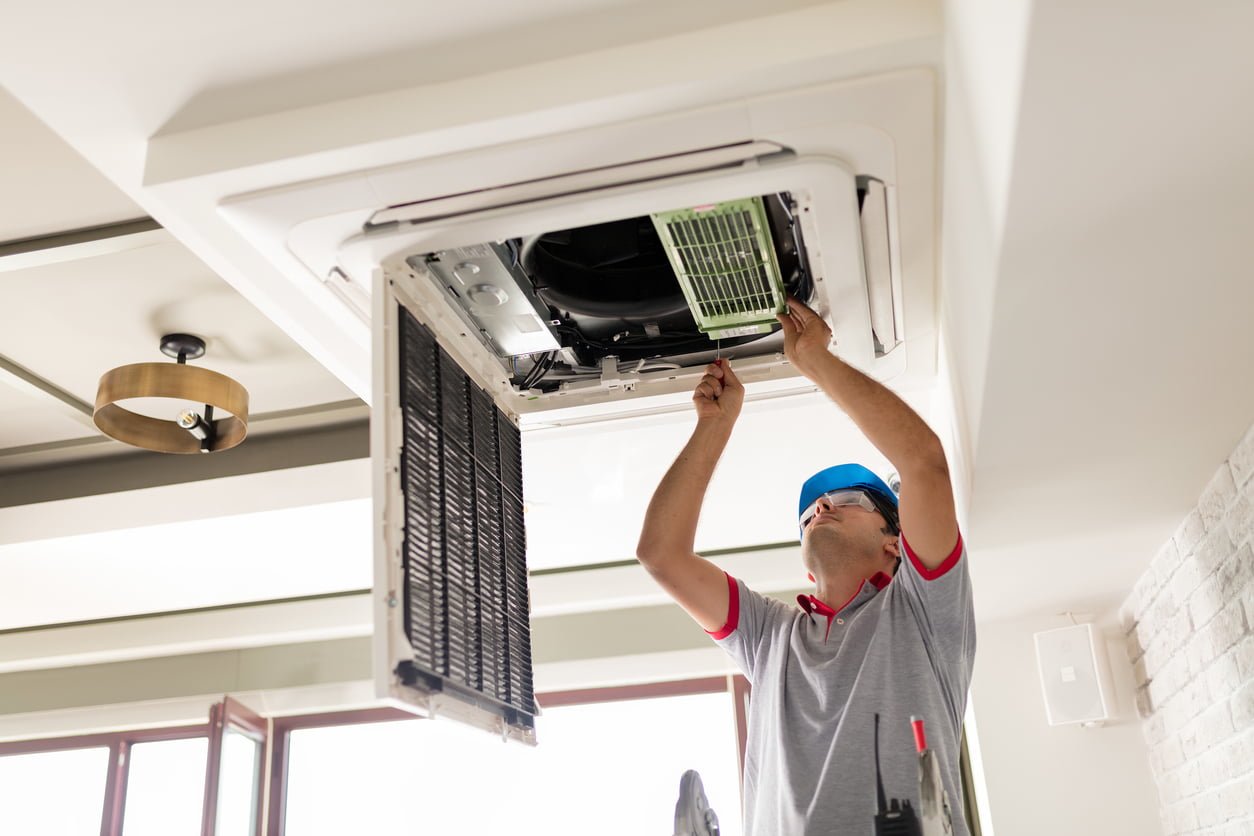
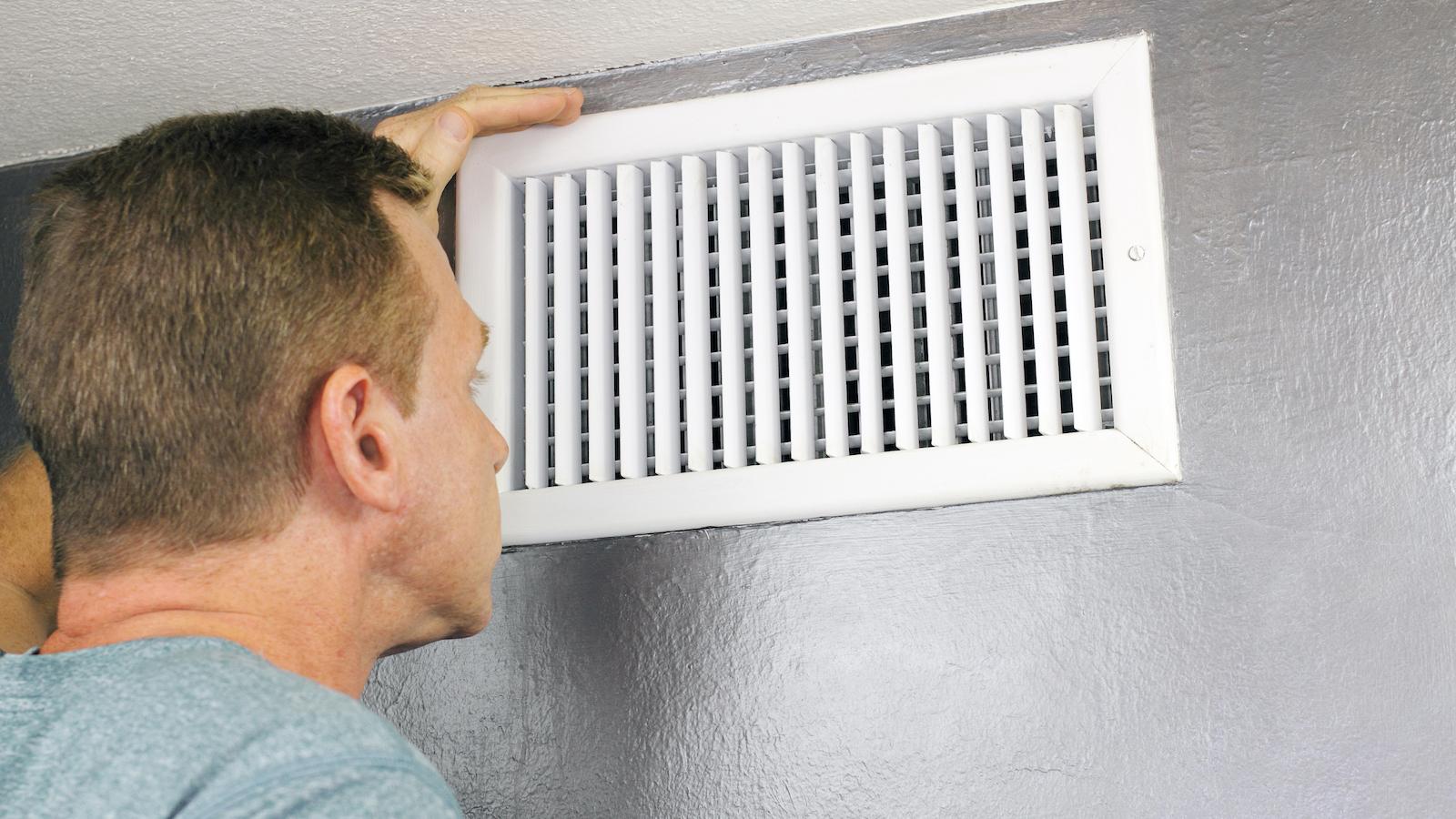
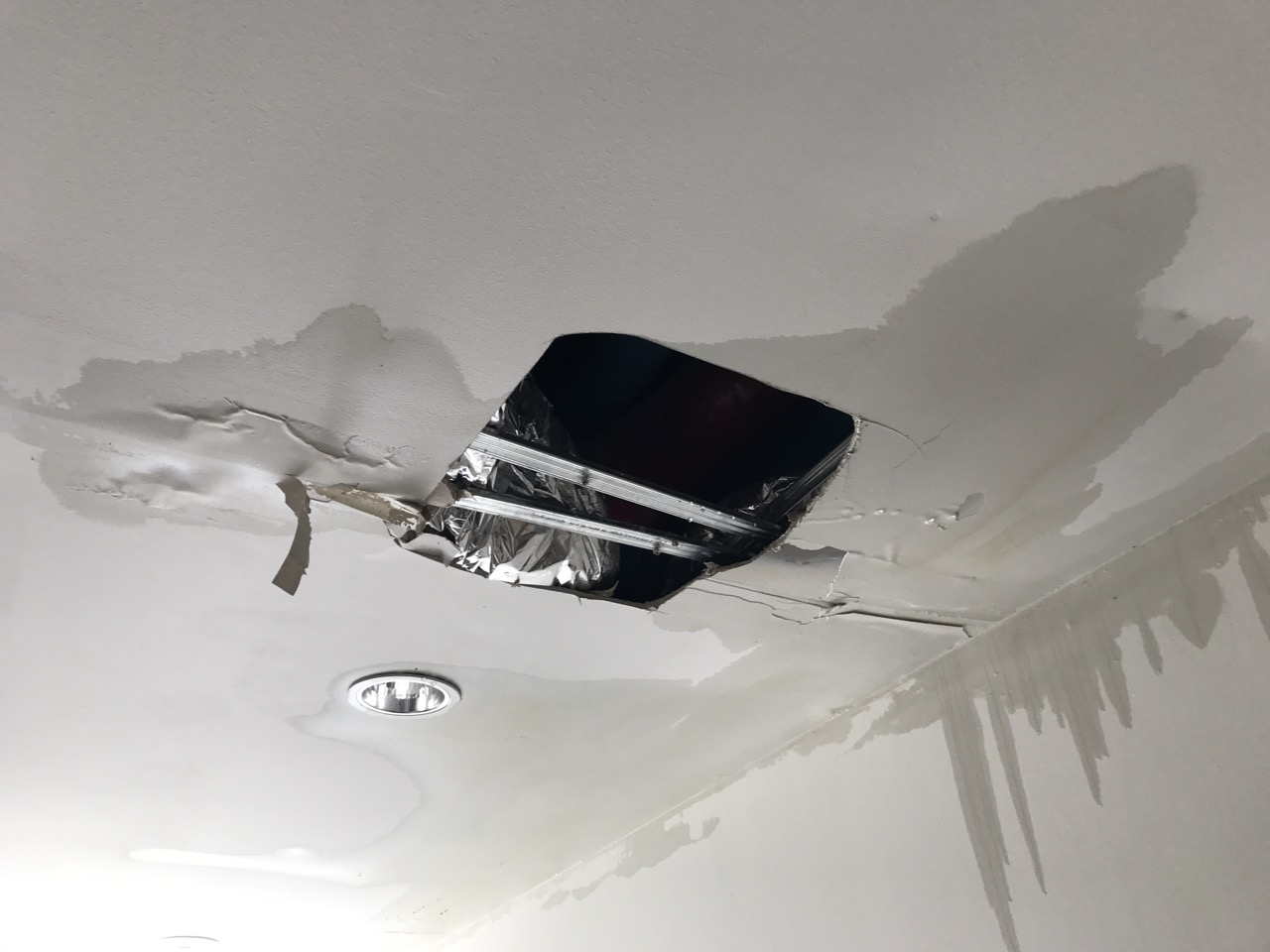
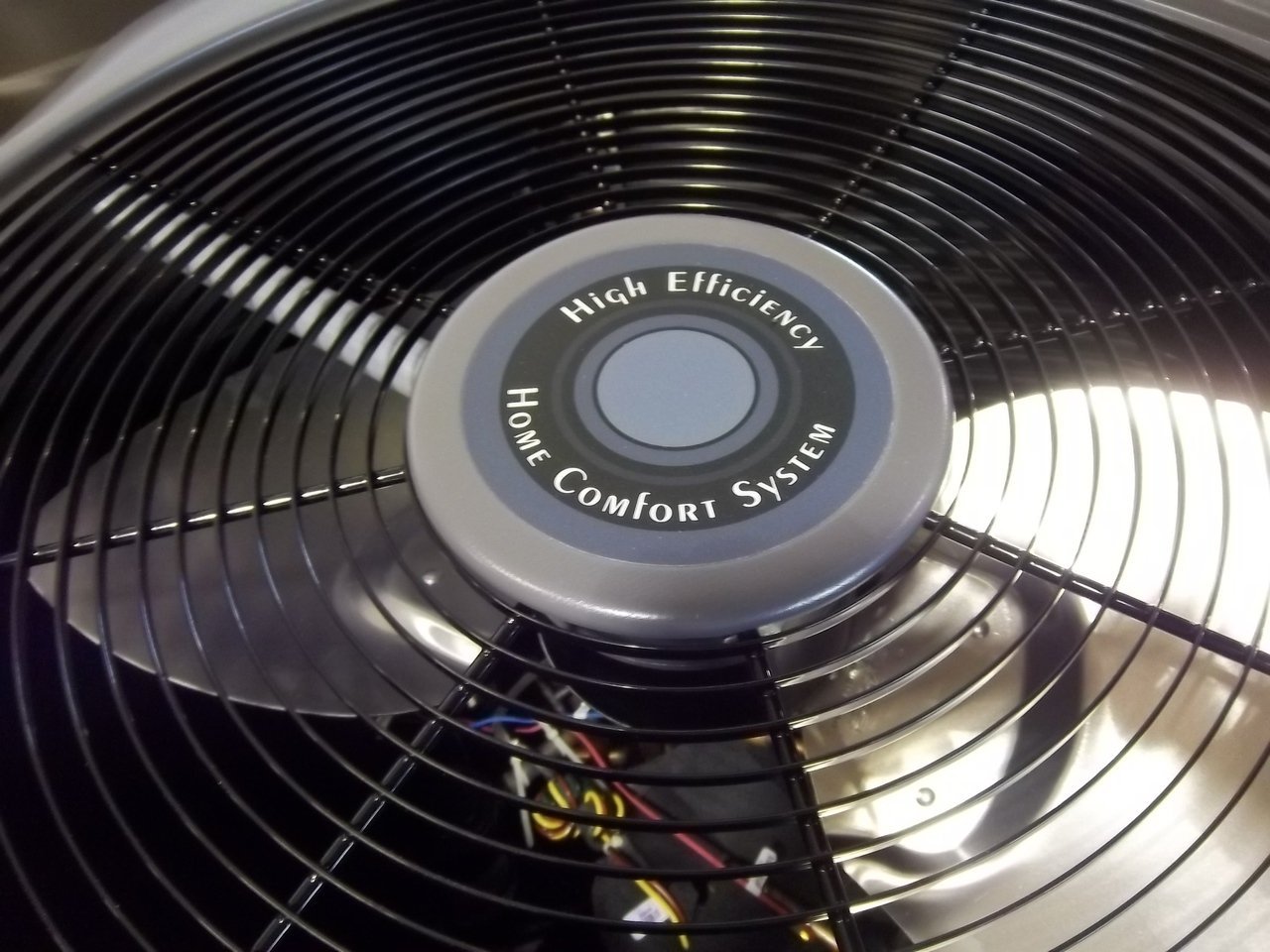
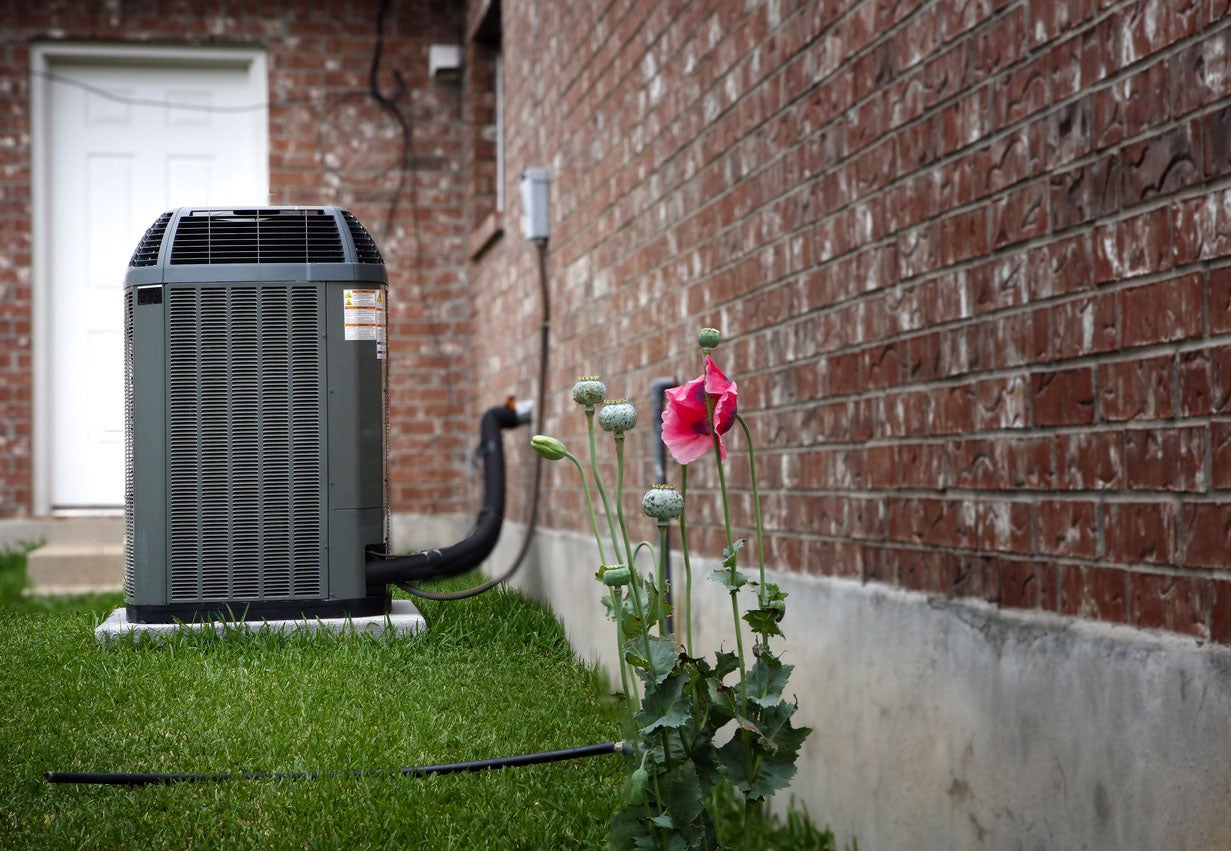
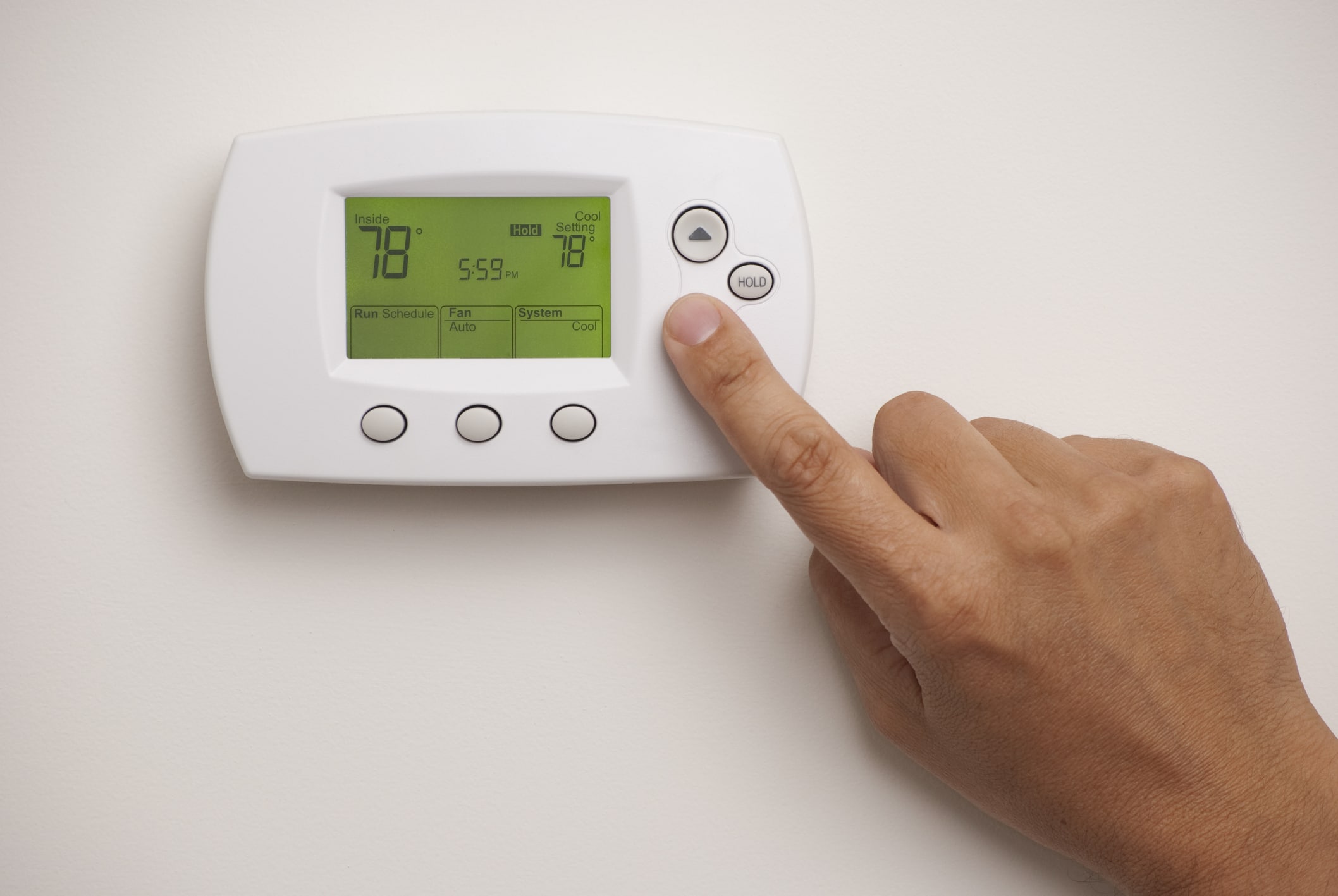
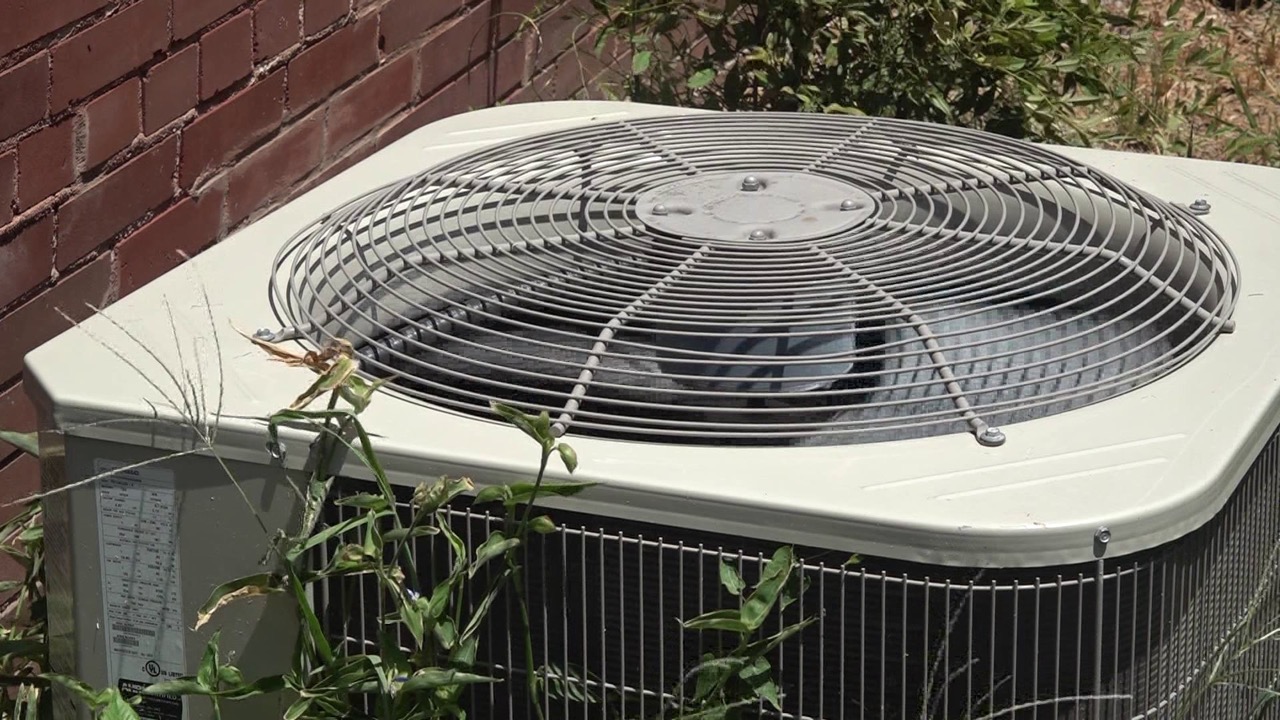
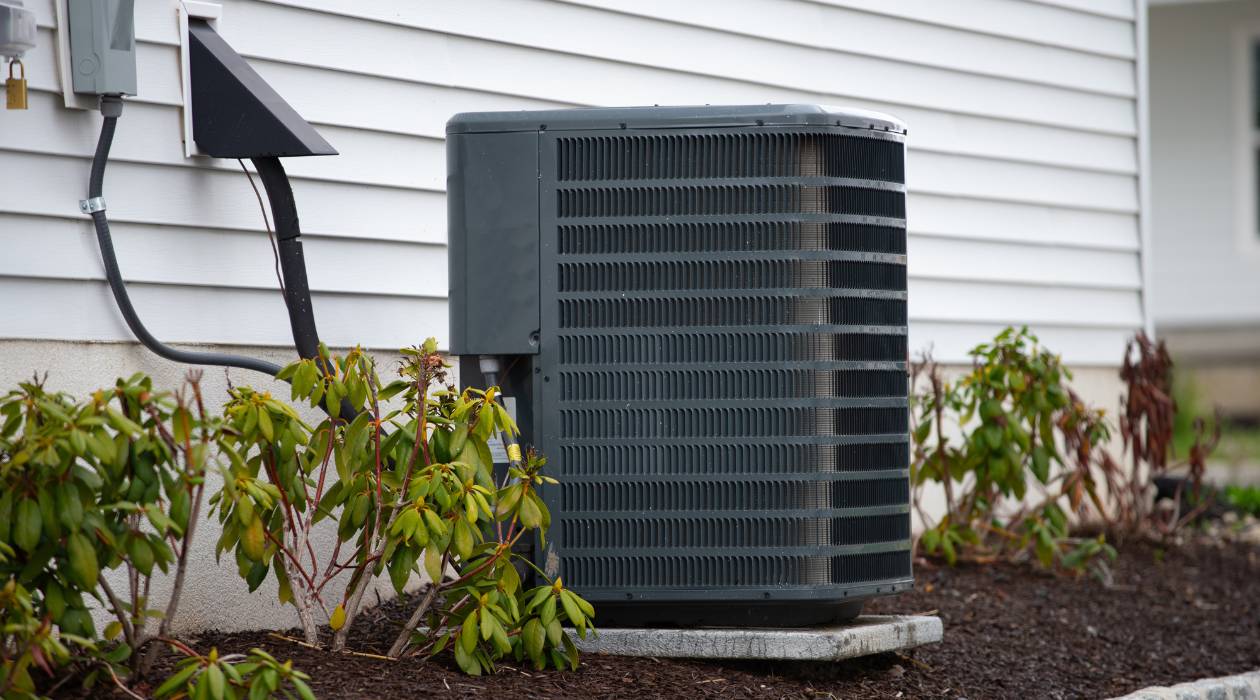

0 thoughts on “Why Is My HVAC Humming”